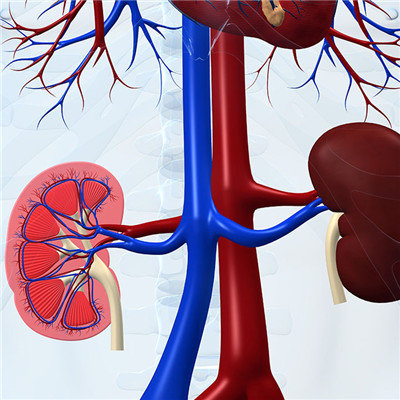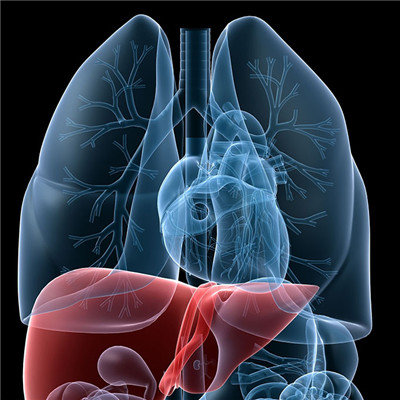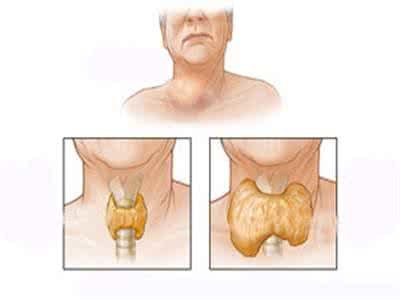What is plateau heat stroke
summary
My friend went to Tibet for a period of time, but he had plateau heatstroke, headache and nausea. So, what is plateau heatstroke? Let's talk about it.
What is plateau heat stroke
First of all, high altitude disease can be divided into acute and chronic high altitude disease. Usually refers to the human body into the plateau or from the plateau into higher altitude areas at that time or within a few days of the disease caused by high altitude hypoxia environment. It's a kind of physical reaction not adapted to the plateau environment. The symptoms are directly related to the individual's physical condition, and the intensity of the reaction will be different.

Secondly, when mountain sickness enters plateau from plain (the altitude is more than 3000 meters, which has obvious biological effect on human body), or from low altitude area to higher altitude area, the syndrome occurs due to incomplete or maladjusted adaptation to hypoxic environment. Also known as mountain sickness.

Finally, most people can have symptoms of high altitude reaction, rapid mountaineering is more prone to disease, after a few hours into the plateau, the main symptoms are headache, dizziness, chest tightness, shortness of breath, palpitations, loss of appetite, nausea and vomiting are common, memory and thinking ability is reduced, can be accompanied by insomnia, dreaminess, some people have mouth cyanosis, a few people's blood pressure temporarily increased, generally after mountaineering The symptoms were obvious in the first two days, then relieved and disappeared in a week. However, in a few people, the symptoms aggravated sharply and developed into high altitude pulmonary edema or high altitude brain edema.

matters needing attention
High altitude heat stroke is a common reaction after entering the plateau. We must carry out adaptive training, pay attention to cold prevention and prevention of upper respiratory tract infection, and take preventive measures in many aspects.














